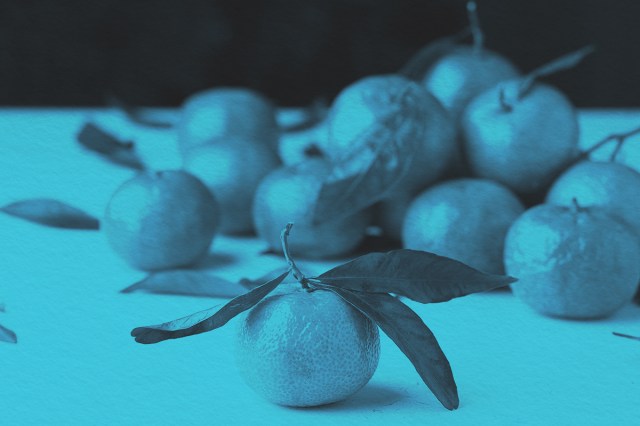
People have long debated which came first: the chicken or the egg? But in the world of language, there’s a similar debate raging on: Did orange the fruit or orange the color come first?
The simple answer is that people have been enjoying the fruit since long before it was ever called an “orange,” but it was indeed the fruit name that ended up inspiring the color name. The etymology can be traced back to a first-century CE Indian medical text, which makes reference to a naranga tree. This Sanskrit word once meant “fruit like elephants” — possibly in reference to how the tough and dimpled skin of the fruit felt similar to that of the giant mammal. The word later showed up as orange in French and arancia in Italian around the 12th century, solely referring to the fruit.
As language developed, people used a variety of words to describe colors that didn’t have their own names. Geoluhred — “yellow-red” in Old English — was the 14th-century word for what we know today as “orange.” In the 1390s, Chaucer described the color of a fox in a Nun’s Priest’s Tale as “betwixe yellow and reed.” Later, in the 16th century, people started using the word “orange,” and in 1605, Shakespeare described an “orange tawny beard” in A Midsummer Night’s Dream.
Sir Isaac Newton left orange and indigo out of the first color wheel, but added them in the 1660s to reach seven colors to mirror an octave, as he saw colors and music intrinsically connected. This endorsement proved to be the orange-flavored icing on the cake, as the color orange lives on in ROY G BIV.















